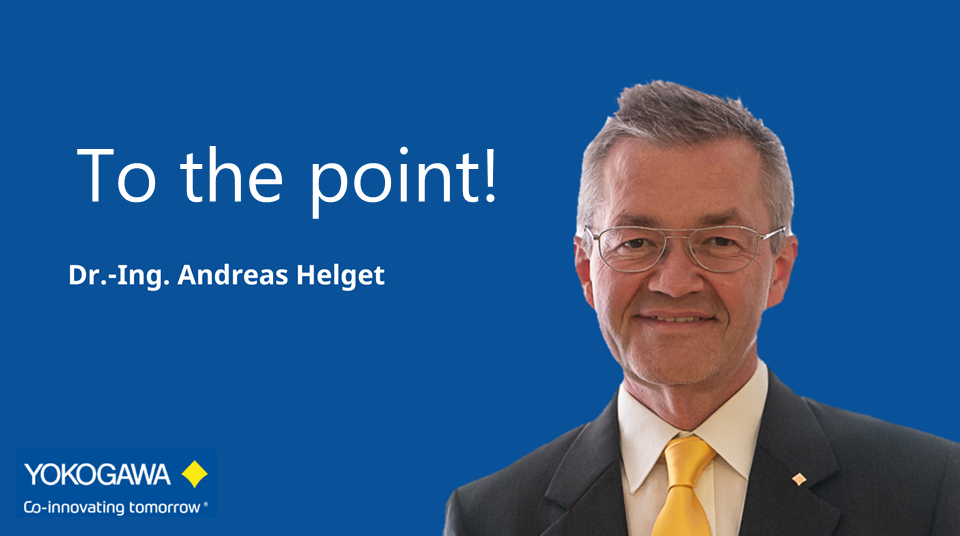“World Depletion Day”, on which humanity has consumed all naturally available resources, came earlier this year than ever before. Namely, on August 1. In this country alone, nature’s reserves for 2018 had already been consumed by May 2. This is the alarming result of the research organization Global Footprint. Its scientists calculate when natural resources that can be replenished within a year have been consumed – keyword: sustainability. The “ecological footprint” indicates how great the strain placed by humans on the ecosystem is, for example, for acquiring energy, food, and wood. By comparison: In 1970, World Depletion Day fell at the end of December. In 2000, it was already in September.
Just given this background, it is understandable that the call for a circular economy is growing ever louder. The transformation of our economic system into a circular economy is a forceful step in the correct direction. Here, the materials used remain in a cycle of materials across the life cycle of goods. Waste and emissions are reduced insofar as possible, and goods are reused and recycled without reducing the quality of the products. This is the idea.
In some areas of industry, people are already making good progress. With the waste-to-energy project in the Dutch waste sector, for example, people have succeeded in creating a regenerative system in which Use of resources and Waste production, Emissions and Energy wastage are minimized by the slowing down, reduction, and closing of energy and material cycles. Decisive for such projects are Long-lasting construction and Maintenance, similarly Repair, Recycling, Remanufacturing, Refurbishing and, of course, Recycling. In agriculture, there are also future-oriented alternative methods, for example, the use of algae as fertilizer, as the basis for bioplastics, as an energy supplier or food, and “precision farming”.
With all positive approaches, however, it is not possible to ignore that the circular economy does not get along without side effects – usually when people bring things together that did not originally belong together. For example, the use of slaughter waste as alternative fertilizer has repeatedly been connected to Creutzfeldt-Jakob disease. And, at the end of the chain, the manufacturing of biodiesel can be partially responsible for raising lease rates for farmers and causing crop prices to drop. Bio materials must also always be regarded critically, especially if – as in the case of corn as supplier of biogas – food is re-purposed as an energy supplier.
If economic sectors are supposed to be transferred from the conventional to the green chain, the concern can only be building blocks within the existing energy infrastructure. Anything else would exceed the gross national product of any country. Just imagine the hydrogen system: Hydrogen can be used very well as an alternative raw material, however the quantities required within an economic system cannot be stored easily. An area-wide pipeline network would be required, but nobody would want to finance this – and they wouldn’t be able to either.
“Precision farming” is such a building block within agriculture. The goal is to consider differences in the earth and the earning potential of an already-farmed field. Here, the positions of the agricultural machines on the Plots are recorded and the machines in turn record and document key figures even during cultivation. This data can then be evaluated in order to optimize the land cultivation, for example Fertilization and to strew seed more precisely. Savings on operating resources is one of the advantages, ecological relief due to the reduced use of herbicides and mineral fertilizers is another.
With precision farming, the machines and equipment for position determination use sensor-controlled navigation systems and GPS receivers, as well as special equipment for an area-specific application of operating resources. Here, Yokogawa can do its part with appropriate sensors for measurement as a service or data as a service.
In addition to system automation, integrated energy chain or CEMS (Community Energy Management Service), it is also these special solutions that contribute to the whole or even better: to the big circles in a circular economy. And for which we at Yokogawa are making ourselves strong.
Yours sincerely
Andreas Helget




